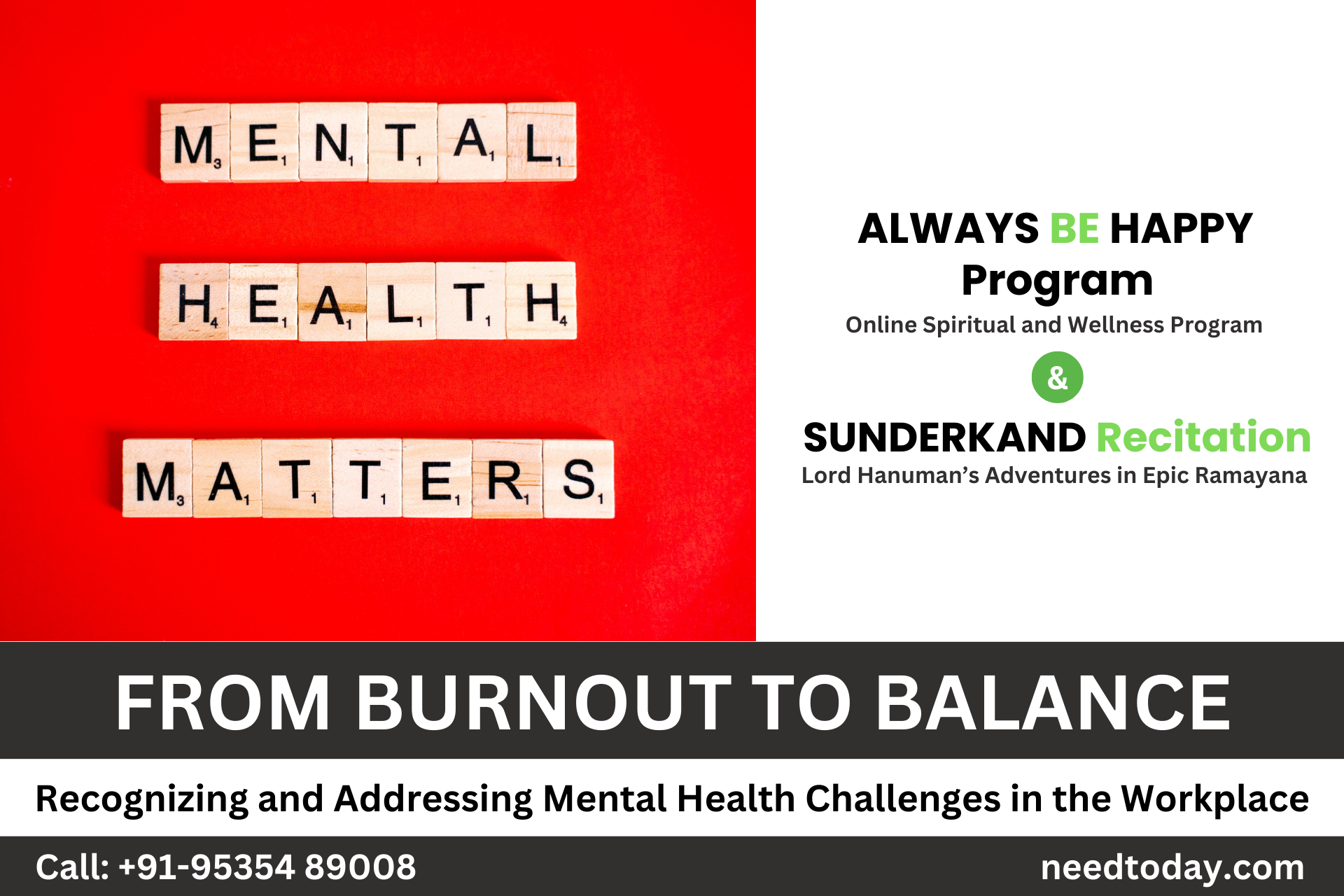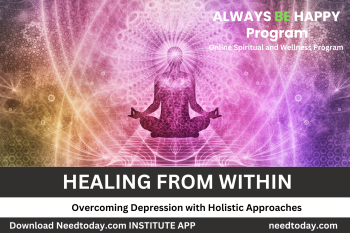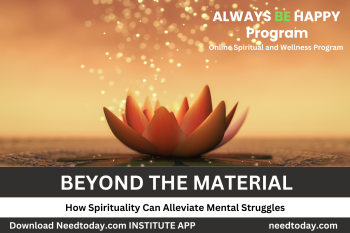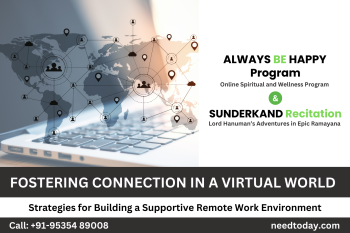Introduction
In today's fast-paced world, the modern workplace can often feel like a pressure cooker, with demands piling up and expectations soaring high. As a result, employees frequently find themselves battling mental health challenges that range from stress and anxiety to full-blown burnout. In this blog, we'll delve into the crucial topic of mental health in the workplace, exploring the signs of burnout and stress, and discussing effective strategies for recognizing and addressing these challenges to create a healthier and more balanced work environment.
The Silent Epidemic: Burnout and Stress
Burnout, often referred to as the "silent epidemic," is a state of chronic physical and emotional exhaustion caused by excessive and prolonged stress. It can lead to a range of physical and psychological symptoms, including fatigue, insomnia, irritability, and even depression. While stress is a natural response to challenging situations, chronic stress without proper management can morph into burnout, affecting both individual employees and the overall productivity of an organization.
Recognizing the Signs
The first step in addressing mental health challenges in the workplace is recognizing the signs. Some common indicators of burnout and stress include:
Physical Symptoms: Headaches, digestive problems, muscle tension, and changes in appetite or weight.
Emotional Exhaustion: Feeling emotionally drained, detached, and overwhelmed by work tasks.
Reduced Performance: A decline in productivity, increased errors, and decreased enthusiasm for work.
Negative Attitude: A shift from a positive attitude to a more negative and cynical outlook.
Isolation: Withdrawing from colleagues, avoiding social interactions, and feeling isolated.
Lack of Concentration: Difficulty focusing, making decisions, or remembering tasks.
Creating a Supportive Environment
Recognizing and addressing mental health challenges requires a multi-faceted approach. Here are some strategies that organizations can implement to create a more supportive work environment:
Open Communication: Encourage open conversations about mental health. When employees feel comfortable discussing their challenges, it becomes easier to provide the necessary support.
Reduced Stigma: Work to reduce the stigma associated with mental health by normalizing discussions and sharing success stories of overcoming challenges.
Flexible Work Arrangements: Offer flexible work arrangements such as remote work or flexible hours, allowing employees to better balance their personal and professional lives.
Training and Education: Provide workshops and training sessions to educate employees and managers about the signs of burnout, stress, and how to manage them.
Wellness Programs: Implement wellness initiatives such as yoga classes, meditation sessions, or access to counseling services to promote employee well-being.
Individual Strategies for Coping
Employees also play a vital role in managing their own mental health. Here are some self-care strategies individuals can adopt:
Set Boundaries: Learn to say no and establish clear boundaries between work and personal life.
Prioritize Self-Care: Engage in activities that bring joy and relaxation, such as hobbies, exercise, or spending time with loved ones.
Practice Mindfulness: Mindfulness techniques, such as deep breathing and meditation, can help manage stress and increase resilience.
Seek Support: Don't hesitate to reach out to colleagues, friends, or professionals when facing challenges.
Conclusion
In the journey from burnout to balance, recognizing and addressing mental health challenges in the workplace is paramount. Organizations that prioritize employee well-being and create a supportive environment not only improve the mental health of their workforce but also enhance overall productivity and job satisfaction.
ALWAYS BE HAPPY Program is an Online Spiritual and Wellness Program for Self Development along with Sunderkand Recitation.
Always Be Happy Program is a simple spiritual discipline, which combines Gratitude, Prayer, Meditation and Serving the Lord for your self-development and well being, leading to a life filled with Joy
Always Be Happy Program is a multidimensional wellness program, which includes Emotional, Occupational, Physical, Spiritual, Intellectual, Social and Environmental wellness for you to lead a healthier lifestyle.
SUNDERKAND is the fifth book in the epic Ramayana and consists of Lord Hanuman’s adventures.
Always Be Happy Program along with Sunderkand recitation with meaning in Hindi is a 4 hour program by Rajnish Malhotra which can be held at your venue or at our office in Bengaluru.
Always be Happy Program will be a Video session in English which will last for one and a half hours and Sunderkand Recitation with meaning in Hindi will be a Live session which will last for two and a half Hours. The Program can be held at the client venue. The program can also be held at our office in Bengaluru with a seating capacity of 25.
Similarly, individuals who actively engage in self-care and seek support when needed can better navigate the demands of their careers while maintaining a healthier work-life equilibrium. Ultimately, by working together to prioritize mental health, we can transform workplaces into spaces where well-being and success go hand in hand.











